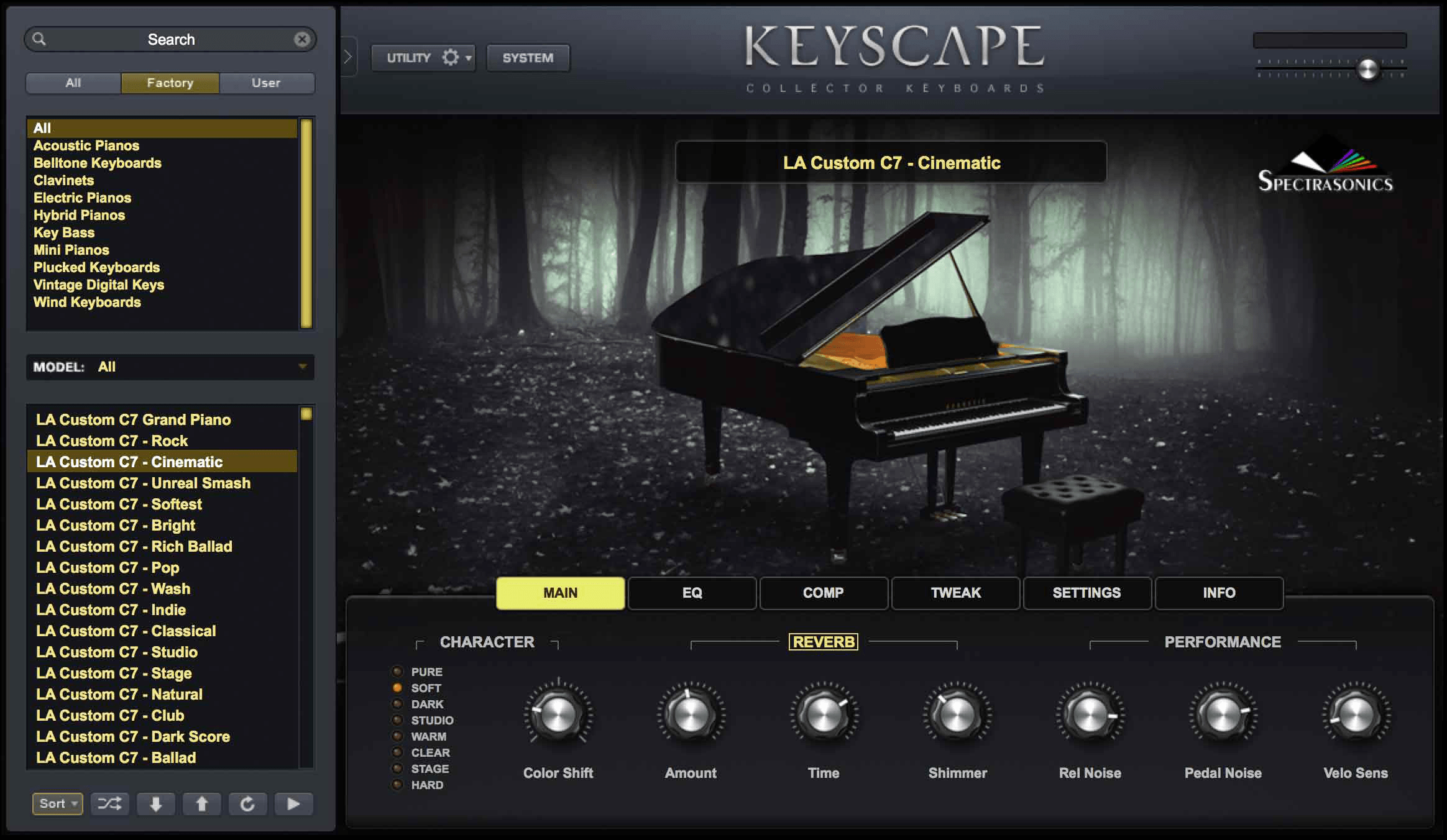

In addition to that, you have sound going in all directions inside the case of the piano, which can lead to phase issues and other problems.Īnd these issues are just the beginning. And the instrument produces an even wider range of frequencies, ranging from the very low to well beyond the audible spectrum. For starters, there is an extremely wide scope of pitches, more than nearly any other single instrument you’ll need to record. Voicing helps bring a uniform tone to the piano without changing the pitch.Recording piano is known around engineering circles as one of the most difficult instruments to record and mix. Piano technicians can make adjustments to the hammers through voicing. Pianos sound muffled when the wool hammers have not hardened. On very old pianos with rusty strings, first tuning the piano to itself is sometimes advisable to test the condition of the piano before adding greater tension. Can a piano be too old to tune?Ī: The great majority of pianos can be tuned. As a rule, using EQ in front of your compressor produces a warmer, rounder tone, while using EQ after your compressor produces a cleaner, clearer sound. Should you EQ or compress first?Įach position, EQ pre (before) or EQ post (after) compression produces a distinctly different sound, a different tonal quality and coloration.

I would suggest putting a lot of time into setup and recording and let the eqing come into the mixing process where possible. Maybe later in the mixing process, or a little here and there to help everything sit better. If it sounds pretty good to begin with there shouldnt be much of a need to eq. Experiment with the ultra-high end on cymbals. Cutting mid-range (while leaving your highs and lows relatively boosted) will help bring out your toms. 500-3,000 Hz will boost your snare, depending on what model you’re using. Which equalizer setting is best?īest EQ Settings for Drums 50-100 Hz boosts the kick drum. Male vocals will tend to have their fundamental frequencies between 100–300 Hz, while the fundamental frequencies of a female vocal will usually fall between 200–400 Hz. Add a high shelf around 9 kHz & a high roll off around 18 kHz. How do you set EQ for vocals?īest EQ Settings for Vocals Roll off the low-end starting around 90 Hz.

Tip 6 – Be more subtle with stock parametric EQs. Tip 3 – Prioritize cuts, but still use boosts. Tip 2 – Don’t rely on EQ alone, especially to shape the tone. 10 How do professionals mix their vocals?.


 0 kommentar(er)
0 kommentar(er)
